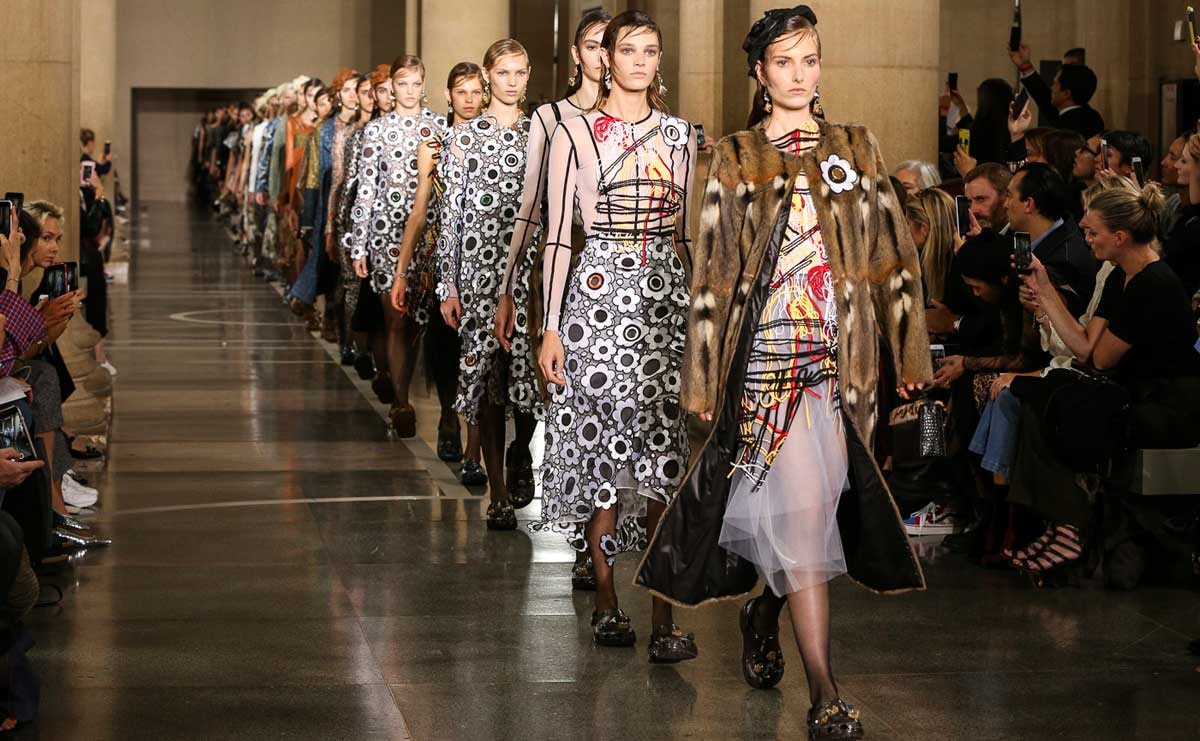The fashion industry has been one of the hardest hit during the COVID-19 pandemic. With the cancellation of physical fashion shows and events, designers, models, and fashion enthusiasts have had to adapt to a new way of showcasing and experiencing fashion. This has led to the rise of virtual fashion shows, which have quickly become the new normal for the industry.
What are Virtual Fashion Shows?

Virtual fashion shows are digital events that allow designers to showcase their collections to a global audience through the internet. These shows are usually pre-recorded or live-streamed, with fashion enthusiasts tuning in from the comfort of their own homes. The shows can be accessed through various platforms, such as YouTube, Instagram, and fashion-specific websites.
Virtual fashion shows provide a unique experience for both designers and viewers. They allow designers to showcase their collections in a creative and innovative way, using digital technology to bring their designs to life. For viewers, virtual fashion shows provide an opportunity to experience fashion in a new way, with the ability to pause, rewind, and re-watch shows at their own pace.
The Advantages of Virtual Fashion Shows
While virtual fashion shows were born out of necessity during the pandemic, they have several advantages over physical shows that make them a viable option even after the pandemic is over. One of the main advantages is accessibility. Virtual fashion shows can be accessed by anyone with an internet connection, regardless of their location. This means that designers can showcase their collections to a global audience, increasing their reach and exposure.
Virtual fashion shows also provide a more sustainable option for the industry. With physical shows, designers need to create elaborate sets, transport models and guests, and produce large amounts of waste. Virtual shows eliminate many of these factors, reducing the carbon footprint of the industry and promoting sustainability.
The Future of Virtual Fashion Shows
As the world continues to grapple with the pandemic, virtual fashion shows are likely to become even more prevalent in the industry. However, even after the pandemic is over, virtual shows are likely to remain an important part of the fashion industry. They provide a unique and innovative way of showcasing collections, while also promoting accessibility and sustainability.
Virtual fashion shows have already proven to be successful, with many designers reporting increased engagement and sales from their virtual shows. As the industry continues to evolve, it is likely that virtual shows will become an even more integral part of the fashion calendar, with designers using them to complement physical shows and reach a wider audience.
- Overall, the rise of virtual fashion shows represents a new normal for the industry, one that is more accessible, sustainable, and innovative than ever before.




